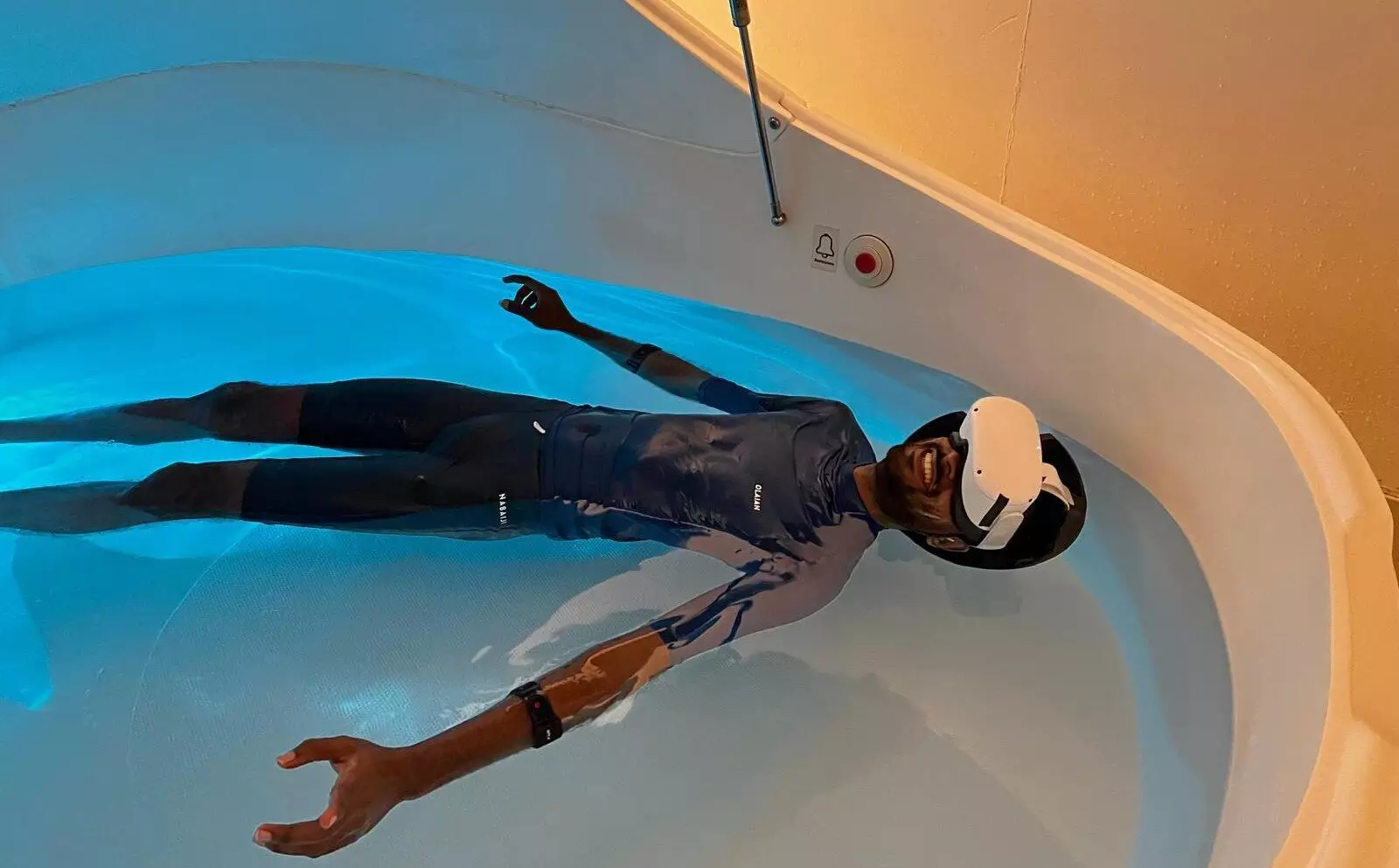Aquaphobia, or the intense fear of water, affects many individuals to varying degrees, often causing significant limitations in their ability to engage in recreational activities. The fear can stem from personal experiences, cultural factors, or even witnessed events related to water. This aversion not only affects physical activities like swimming but can also hinder social interactions and opportunities for relaxation and enjoyment. Traditional treatments often involve exposure therapy, which encourages individuals to confront their fears gradually. However, the emergence of immersive technologies is paving new ways for individuals to address their fears in a more engaging and interactive manner.
Recent research conducted by the human-computer interaction scholars at Monash University explores the innovative incorporation of Extended Reality (XR) into therapeutic practices for aquaphobia sufferers. This study focuses on utilizing a floatation tank combined with a virtual reality (VR) environment to help individuals gradually and safely confront their fear of water. By merging physical experiences with virtual narratives, the researchers aim to create a therapeutic experience that is not only effective but also enjoyable.
The XR system developed by the team integrates an aquatic-themed VR landscape with physiological feedback mechanisms. As participants immerse themselves in the floatation tank, they wear a VR headset that transports them to a whimsical water world. The excitement of exploring a fantastical environment, guided by a virtual character known as the “water spirit,” offers an engaging distraction and a positive reinforcement pathway for confronting fears.
The XR therapy system operates through several interactive stages, wherein participants are exposed to simulations that gradually increase in intensity. These stages are designed in a step-by-step manner, mimicking classic exposure therapy methods. In the initial phase, participants are gently introduced to a serene water environment. As they progress, they navigate more challenging scenarios simulated by the “water spirit,” who provides encouragement amidst storms and cyclones. This playful and supportive approach assists participants in experiencing the water in a less threatening manner.
The researchers’ approach is underpinned by physiological data collected throughout the experience. By monitoring heart rate variability and utilizing breath detection via the headset’s microphone, they can measure anxiety levels objectively. Such data is pivotal for determining the effectiveness of the therapy, as it reveals the calming influence the XR experience can impart compared to a standard floatation therapy session without additional stimuli.
The study involved twelve participants with self-reported aquaphobia. They underwent a six-step process, starting with an assessment of their baseline heart rate, followed by experiences both with and without the XR system. The outcomes were compelling, indicating that individuals using the XR system experienced reduced anxiety levels. As highlighted by lead researcher Maria Montoya, the system is designed to enable participants to face their fears in a supportive and fun context, contributing positively to their overall experience.
Co-author Professor Florian “Floyd” Mueller emphasized that the compelling outcome underscores the potential for XR systems in therapeutic contexts. The results demonstrate that individuals not only felt more at ease while engaged with the XR system but also were more willing to prolong their time in the floatation tank, an environment they typically find distressing.
The successful combination of virtual reality and floatation therapy heralds a new frontier in the treatment of phobias, particularly aquaphobia. By transforming a traditionally anxiety-inducing experience into an interactive and enjoyable one, the researchers at Monash University are paving the way for innovative therapeutic practices that leverage modern technology. As XR systems continue to evolve and become more accessible, they have the potential not only to reshape phobia treatment but also to enhance the quality of life for those who once felt confined by their fears of water. The future looks promising for individuals seeking to reconnect with the aquatic world in a safe and enjoyable manner.

